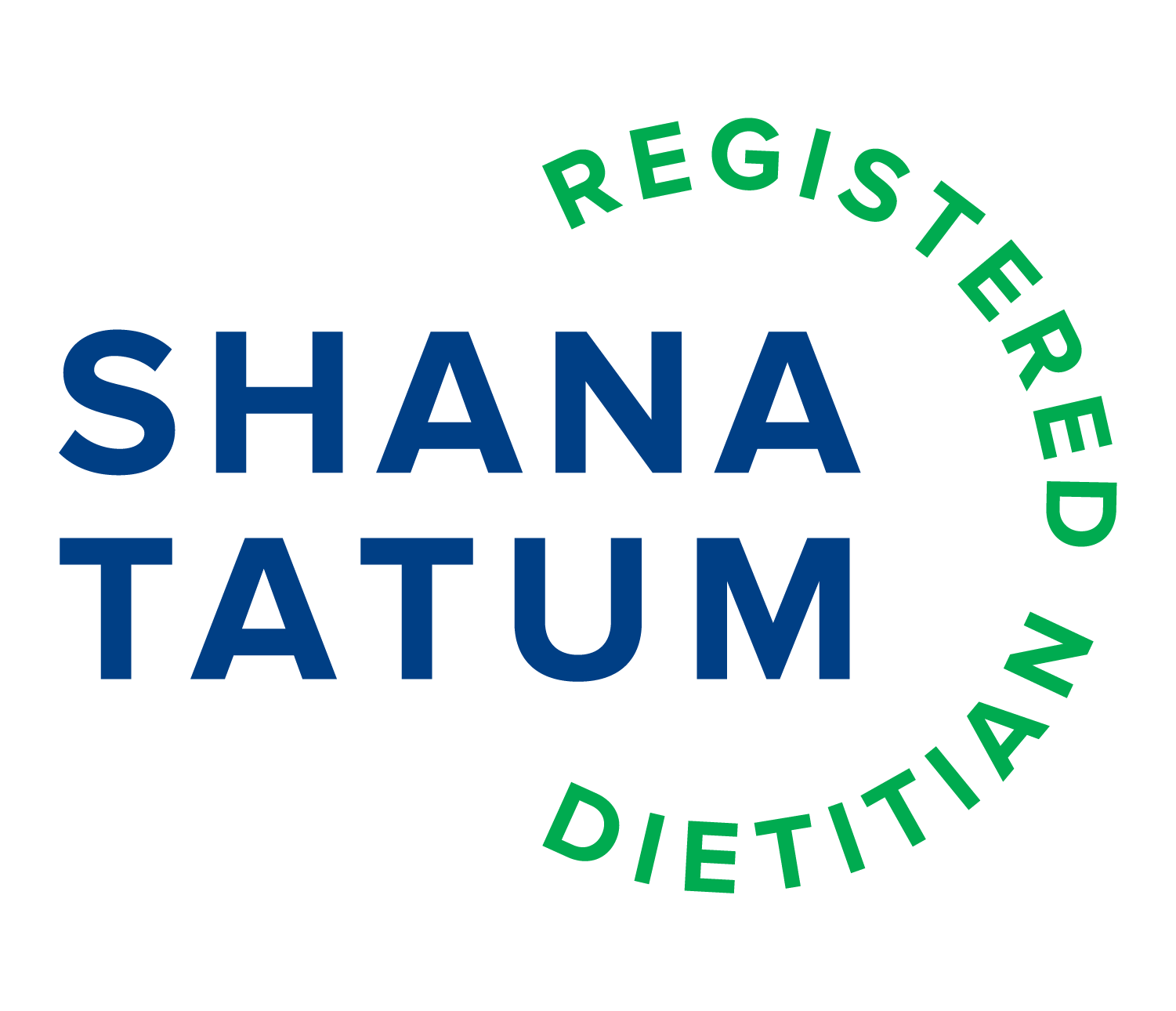Measuring Bone Resorption for Osteoporosis
There has been more talk of the importance of Vitamin D not only for blood sugar balance and immune health but also for bone health. More and more of my female mid life patients are being advised to get a DEXA bone density scan. While this test has been hailed as the gold standard, bone mineral density does not tell us everything about bone health. The quality of the bone, how the bone matrix is structured, how flexible it is, or how porous it may be, also plays a crucial role in determining bone strength. Bone quality is influenced by factors like collagen cross-linking, mineralization, and microarchitecture. DEXA doesn't capture these aspects.
In other words, you can have a high BMD but still have fragile, less resilient bones due to poor bone quality, in conditions like osteomalacia or other metabolic bone diseases.
Collagen Cross-Linked N-Telopeptide (NTx) is a specific biomarker used in the diagnosis and management of osteoporosis. It’s a fragment of collagen that is released into the bloodstream and urine when bone tissue breaks down. This breakdown process, called bone resorption, is a natural part of bone remodeling, but it can be accelerated in conditions like osteoporosis, where bones become brittle and fragile.
Here’s how NTx and its measurement in urine help assess bone breakdown:
1. Bone Remodeling Process
Bone is constantly being broken down and rebuilt in a process called remodeling. Osteoclasts, the cells responsible for bone resorption, break down old bone tissue, releasing fragments of collagen and other components into the bloodstream and urine. One of these fragments is NTx, specifically from the breakdown of type I collagen, the most abundant collagen in bone.
2. NTx as a Marker of Bone Resorption
NTx levels are a marker of the rate of bone resorption. High levels of NTx in urine indicate that bone resorption is happening at an accelerated rate. In the context of osteoporosis, this often means that the body is losing bone faster than it can be replaced, leading to weaker bones and an increased risk of fractures.
3. Urine as a Sampling Medium
Urine is commonly used for measuring NTx because it’s a non-invasive way to assess bone resorption. After the collagen fragments are released into the bloodstream, they are filtered by the kidneys and excreted in urine. By measuring the concentration of NTx in urine, healthcare providers can get a snapshot of how much bone breakdown is occurring.
4. NTx and Osteoporosis Diagnosis
While bone mineral density (BMD) is the gold standard for diagnosing osteoporosis, NTx levels can provide valuable additional information. For example:
Increased NTx levels may indicate that bone resorption is occurring at a higher rate than normal, which can be a sign of osteoporosis or other conditions that cause bone loss such as Paget's disease or hyperthyroidism.
Normal or lower NTx levels may suggest that the bone is not undergoing excessive resorption, which could indicate stable bone health or that a treatment to reduce bone loss is working effectively.
5. Monitoring Treatment
NTx measurements can also be used to monitor the effectiveness of osteoporosis treatments. Many treatments for osteoporosis aim to reduce bone resorption, like bisphosphonates or denosumab. If NTx levels decrease following treatment, it suggests that the treatment is having its intended effect of slowing down bone breakdown.
Conclusion
In summary, measuring Collagen Cross-Linked N-Telopeptide (NTx) in urine provides a way to assess the rate of bone resorption, which is critical for diagnosing osteoporosis and monitoring treatment progress. Elevated NTx levels in the urine suggest that bone breakdown is occurring at an accelerated rate, which is a hallmark of osteoporosis and other bone diseases.

